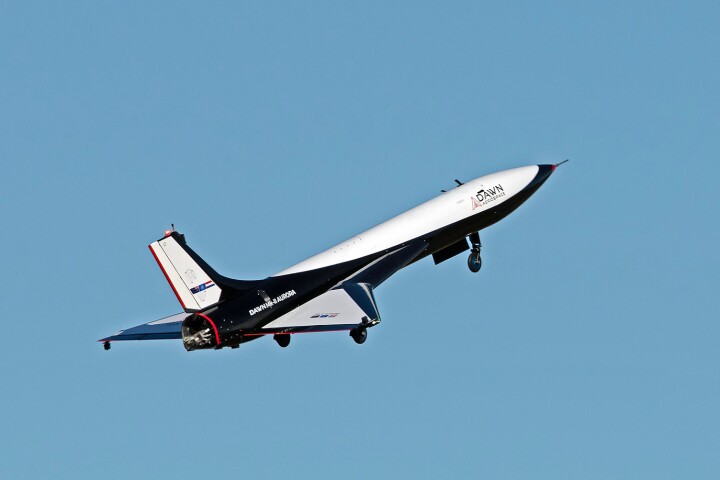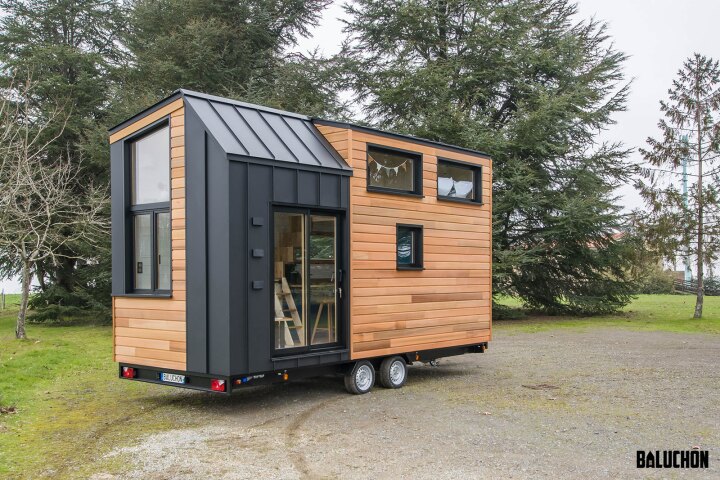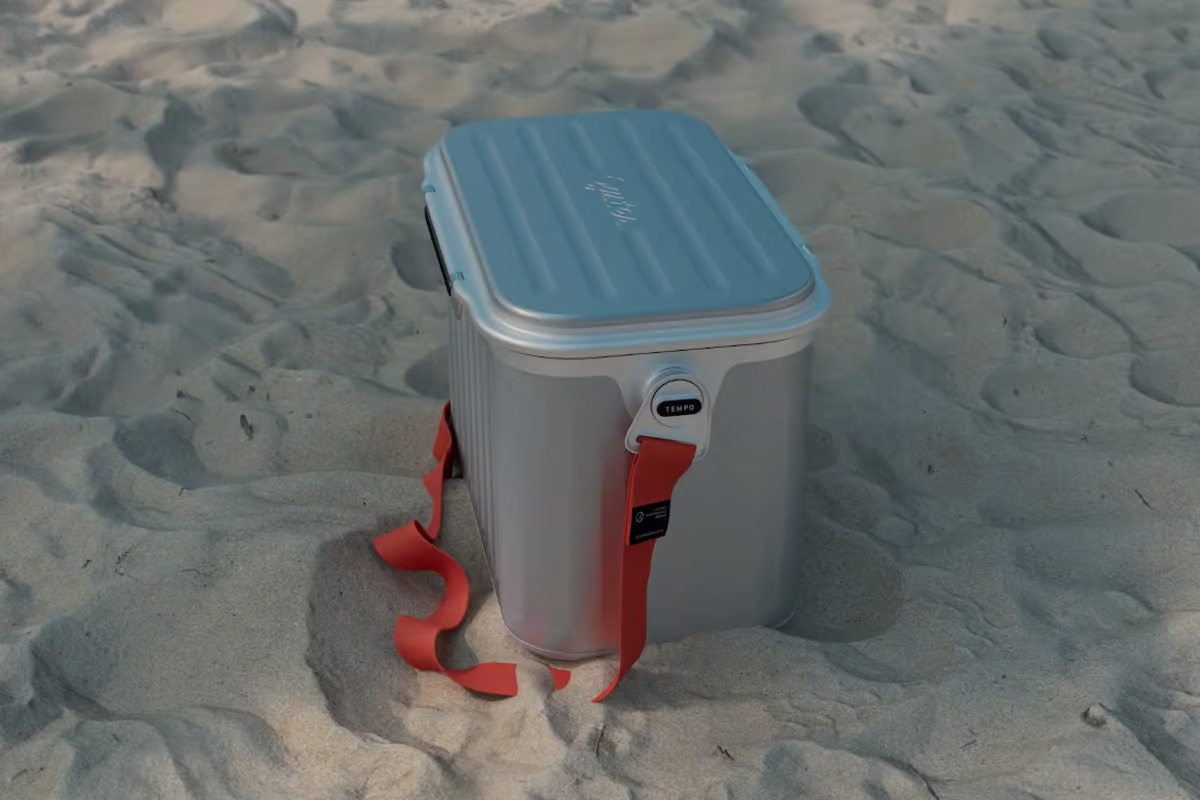 Norwegian startup Oyster has new ideas for the simple cooler. Oyster. View gallery – 10 images
Norwegian startup Oyster has new ideas for the simple cooler. Oyster. View gallery – 10 images
–
A cooler that doesn’t need ice is quite a lofty claim, but Oyster has spent the past six years perfecting its patented DLTA vacuum insulation system. It focused in on minimizing thermal bridging, optimizing vacuum core insulation and increasing interior thermal circulation. The result, it says, is that the Tempo is able to hold cold effectively enough to eliminate the need for loose ice or freezer packs. Alternatively, it can hold in heat, making it useful for transporting hot food.
Oyster explains that plastic coolers typically come with the recommendation of packing 2/3 full of ice, 1/3 of actual food and beverage. Guidelines from manufacturers like Yeti and Engel confirm the existence of the 2-to-1 ice-contents rule. So by eliminating the need for ice, Oyster effectively triples the space available for the actual food and drink you want to carry in the first place.
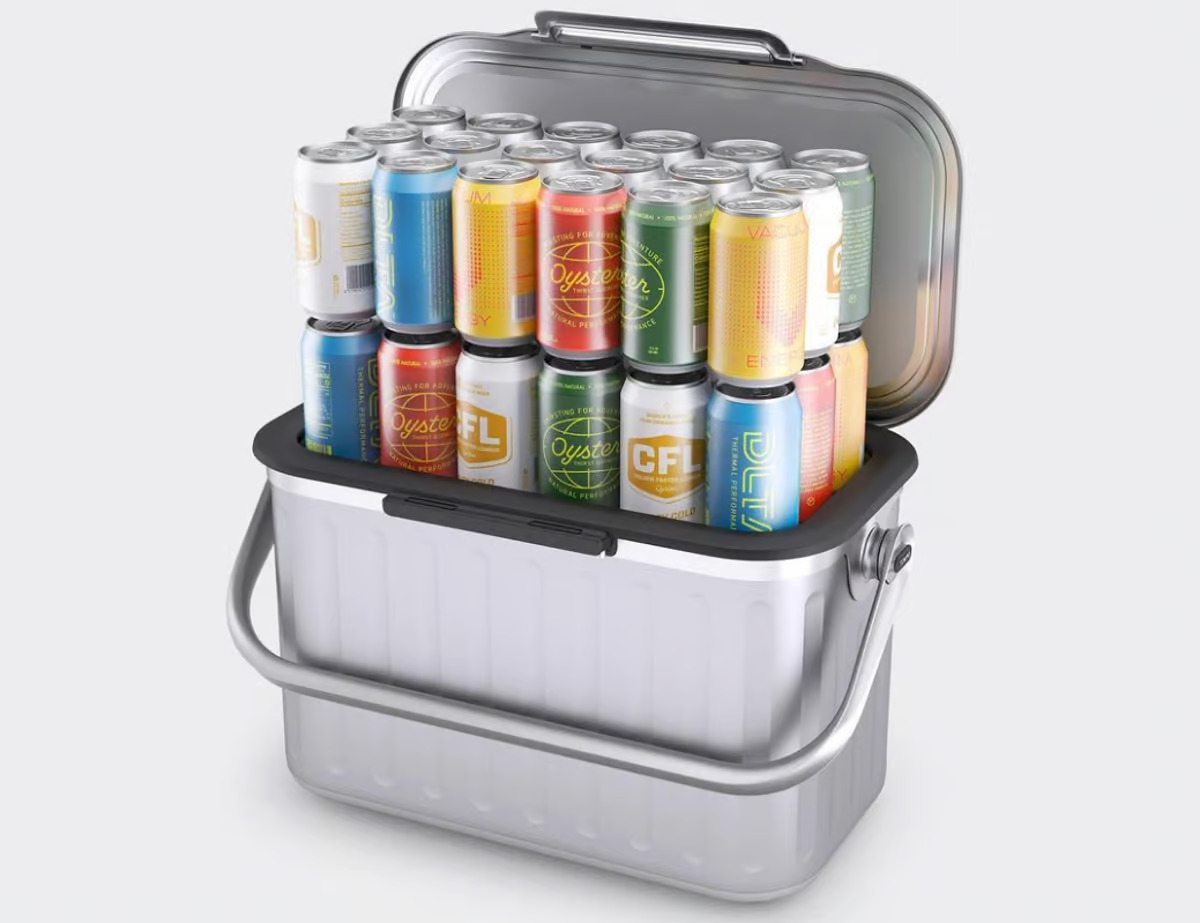
Cooler brands often advertise the number of cans a cooler can fit, a fairly useless spec since it doesn’t factor in the ice upon which traditional coolers rely. So those cans might all fit, but they won’t stay cold for very long – or you can cut that number in half or a third after dumping in the ice. With the Tempo, the 36-can estimate is an actionable number – slide in all three dozen 12-oz (335-ml) cans cold from the fridge, and the Tempo should keep them chilled for the day.
Oyster makes clear that the efficacy of the Tempo design depends on several factors, including how hot it is outside and how much contents are inside. It specifies that the Tempo will work without ice on day trips and should be packed as full as possible with cold contents for the best results. For those who plan to use the cooler longer, or don’t quite trust an ice-free cooler, Oyster does package the Tempo with two ice packs that fit neatly in the bottom, designed to fit below all 36 cans.
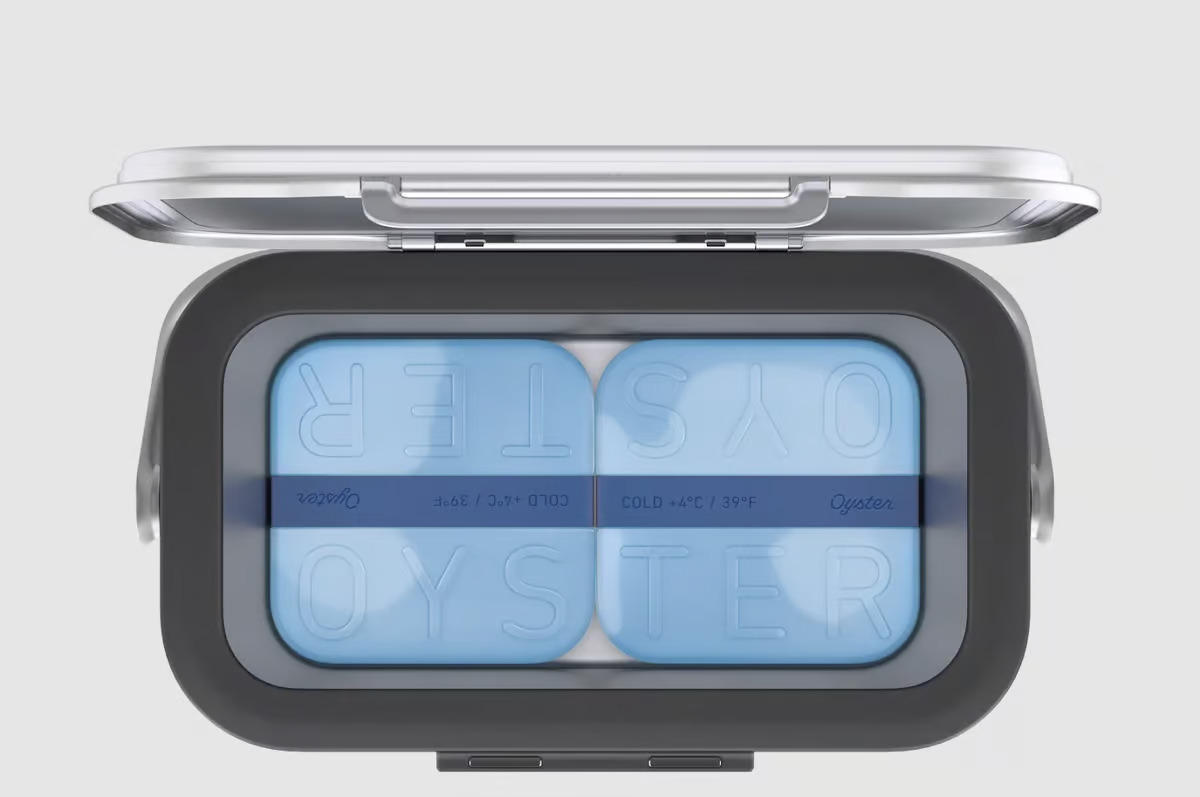
Vacuum insulation is prized for its ability to deliver superior thermal insulation within a sleek package as compared to foam-filled plastic. A spec comparison confirms the Tempo sleeker than some of the competition, its 19.4 x 12.6 x 11.6-in (49 x 32 x 29.5-cm) exterior box dimensions giving it a total volume of 1.6 cu ft (45 L). That’s well slimmer than the 2.4-cu ft (68-L) Yeti Roadie 24 hard cooler, which only holds 33 cans (no ice), or the 3.6-cu ft (102-L) 35-can Igloo IMX 24. The 12.3-lb (5.6-kg) Oyster also bests those two in the weight category, as the Yeti weighs 13.1 lb (5.3 kg) and the Igloo 16 lb (7.3 kg).
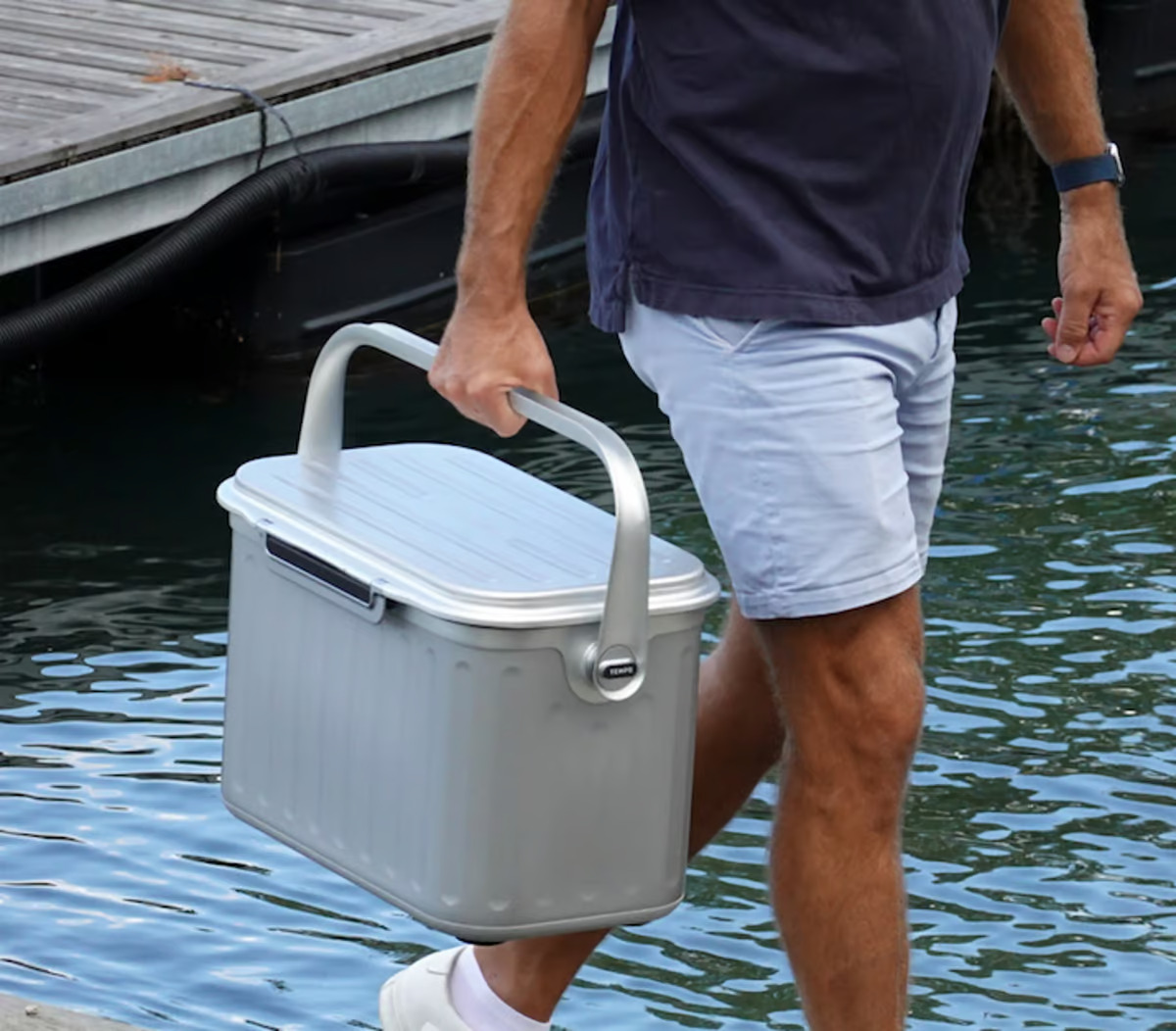
Of course, the Oyster can’t win them all. In a world of thick, ultra-rugged coolers built to survive grizzly bear attacks or tumble out of a pickup bed with minimal damage, the Tempo looks quite under-armored. Oyster admits out of the gate that the aluminum cooler is not built to take on hungry bears, working around this potential shortcoming (for now) by advertising a limited lifetime warranty on its newly released first-edition coolers. It doesn’t sound like it plans to extend that benefit to future editions, however.
“If a part breaks, we’ll replace it. If a Tempo gets mauled by a bear, return it and we’ll melt its remains and make a new one,” the company promises on its website. Presumably, it will send you that new one.
Oyster’s first edition replacement promise hints at the convenient, versatile and recyclable build of the Tempo. The cooler breaks down into parts without the need for tools. The included handle can swap in for the shoulder strap via hand-friendly bolts, and the top hinges can pop out to create a fully removable lid. Oyster also says the cooler is 100-percent recyclable and ready to be broken down and rebuilt into a second-life cooler or repurposed into original materials.
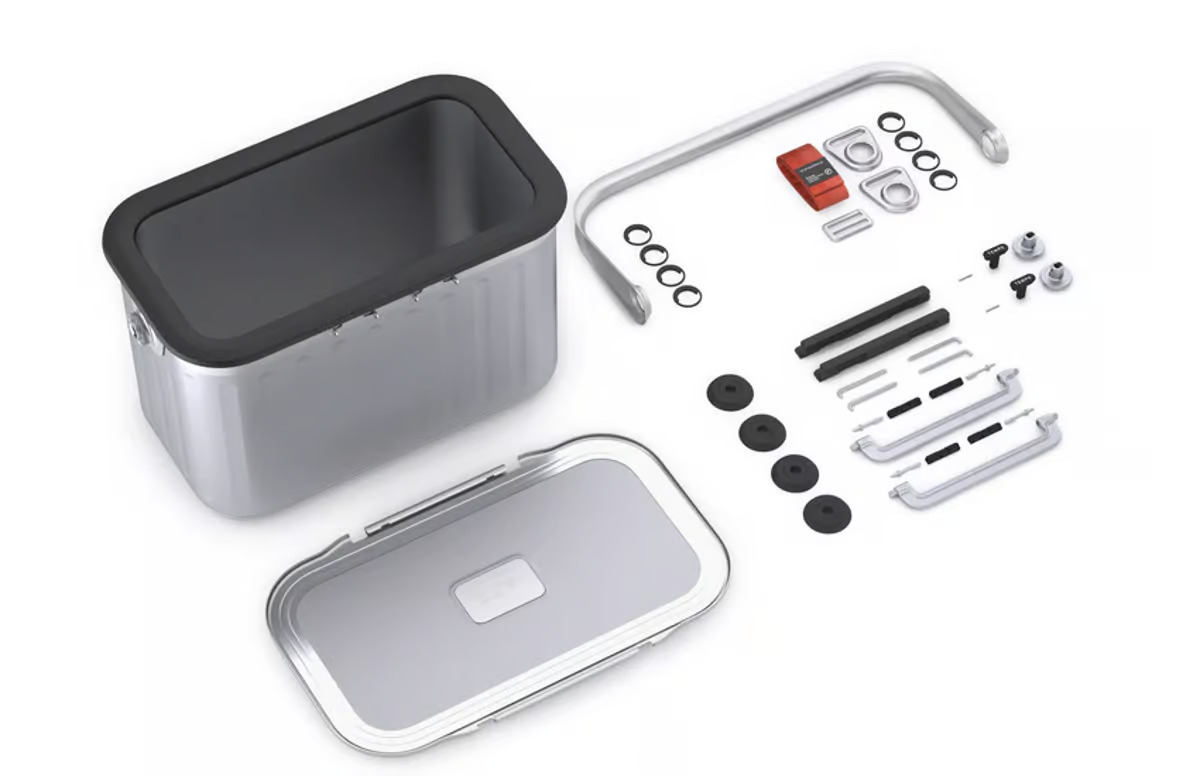
All that meticulous design and engineering don’t come cheap, and the Tempo’s US$500 price tag is high even in the high-priced world of premium coolers. That Yeti Roadie 24 costs half the price, and the Igloo is even less. It’s not uncommon for coolers to cost $500 and more, but they’re typically much larger at that price. However, if we’re to believe Oyster’s iceless claims, then the Tempo can handle some jobs of a cooler three times its size while remaining far lighter and easier to handle – and that might just be worth the price tag.
We’re hoping to put Oyster’s ice-free claims to the test during the upcoming Northern Hemisphere summer season (definitely with something like soda and beer, not raw chicken or other fast-perishing food), but early adopters will need to decide if the potential is worth the risk of the cooler coming up big on promises, short on results.
The minute-long video runs through the Oyster Tempo’s highlights.
Oyster Performance Cooler
–
Source: Oyster View gallery – 10 images
–













